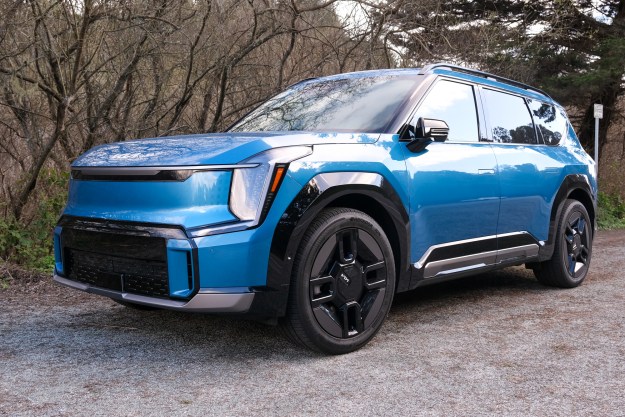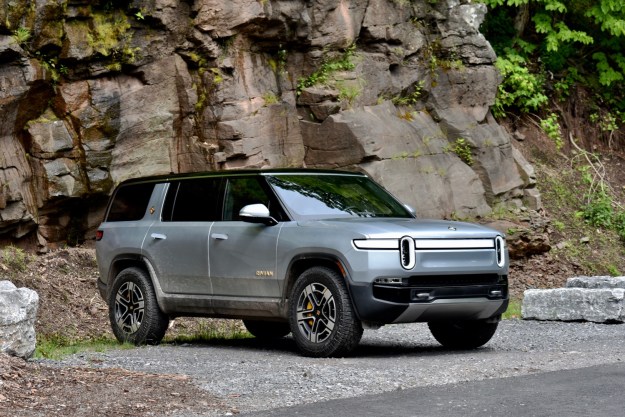Audi is working closely with Nvidia to develop new infotainment tech, and there’s plenty of that on display at CES this week.
Much of it will debut on the 2016 Q7 SUV, which makes its formal debut at the 2015 Detroit Auto Show next week but – highlighting the symbiosis of the car and tech industries – it’s getting plenty of exposure at CES as well.
The Q7 will be the first model to get the new Audi tablet, which designed specifically for in-car use and can connect to the car’s built-in infotainment and navigation systems, providing more flexibility in a larger vehicle where many people will sit far away from the dashboard and its fixed display and controls.
The Audi tablet features a 10.1-inch screen and uses Nvidia’s Tegra 4 chip. It can also function outside the car as a regular tablet, too.
The 2016 Q7 will feature other nifty tech as well, including available 3D sound and a “phone box” where drivers can park phones to be paired with the onboard infotainment system, and get a wireless inductive charge to boot.
Of course, Audi’s infotainment tech plans go well beyond one model.
The carmaker is expanding the use of its Modular Infotainment Matrix, which was first shown back in 2012 on the A3. The idea behind the “modular” setup is that it can be easily upgraded to keep pace with the rapidly-advancing state of in-car electronics.
Case in point, Audi is already rolling out the second generation of systems based on that platform. Deployed on the redesigned 2016 TT as well as the A6 and A7, the new version trades the Nvidia T 20 chip of its predecessor for the T 30.
The deepening partnership with Audi is just one way Nvidia is staking a claim in the automotive sector. This week the company also unveiled its Drive PX and Drive CX processors, which were designed with future autonomous driving systems in mind.
Editors' Recommendations
- MediaTek wants to bring its phone tech to cars, and Nvidia’s going to help
- Audi’s new A3 Sedan learns a few tech tricks from its bigger siblings
- LG brings Nvidia’s G-Sync to its entire lineup OLED TVs at CES 2020
- Bosch sheds light on its A.I.-powered Virtual Visor tech at CES 2020
- 2020 Audi Q7 gets a face-lift, updated infotainment system, mild-hybrid tech



